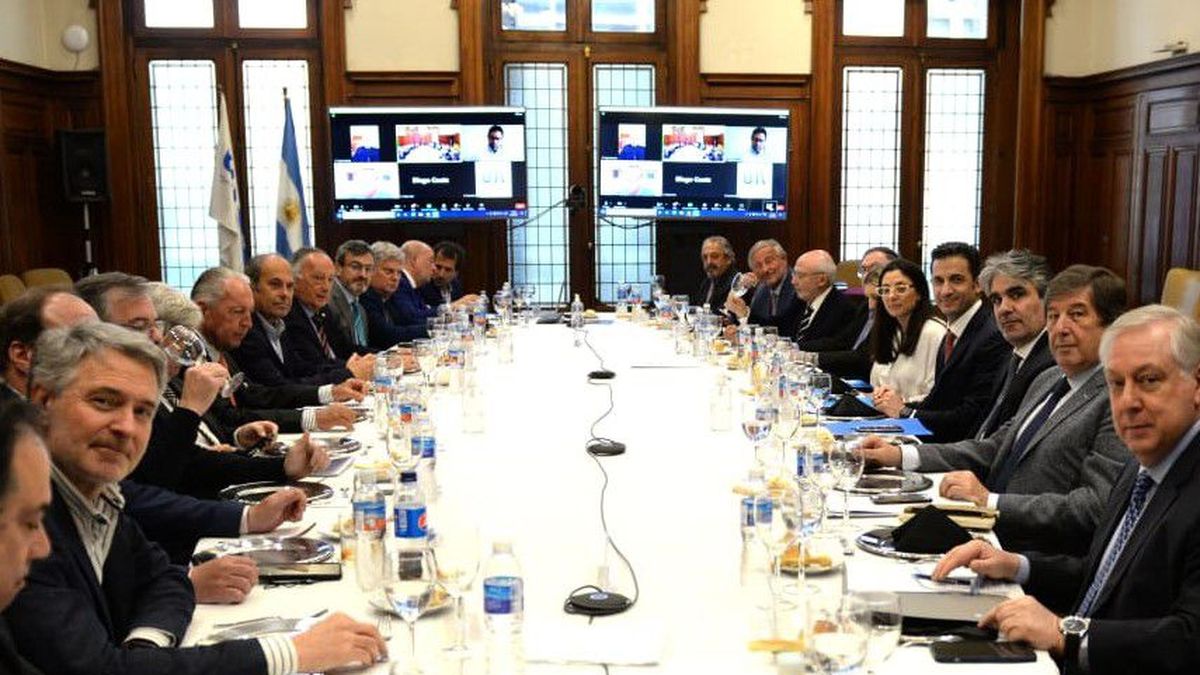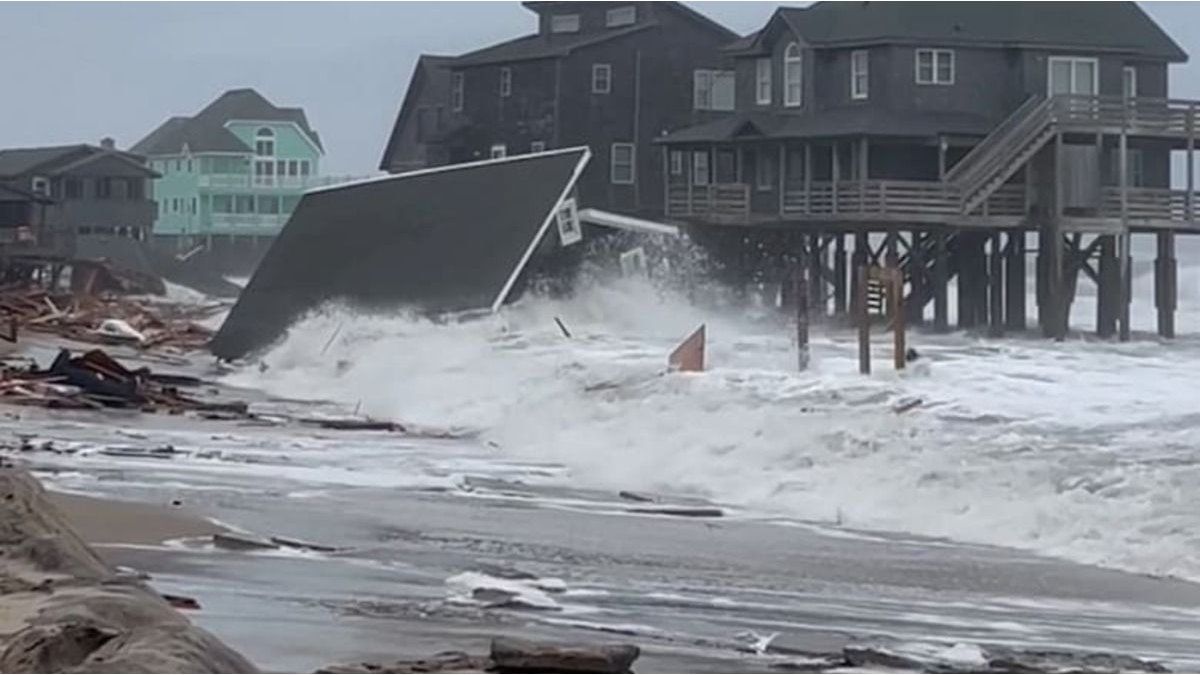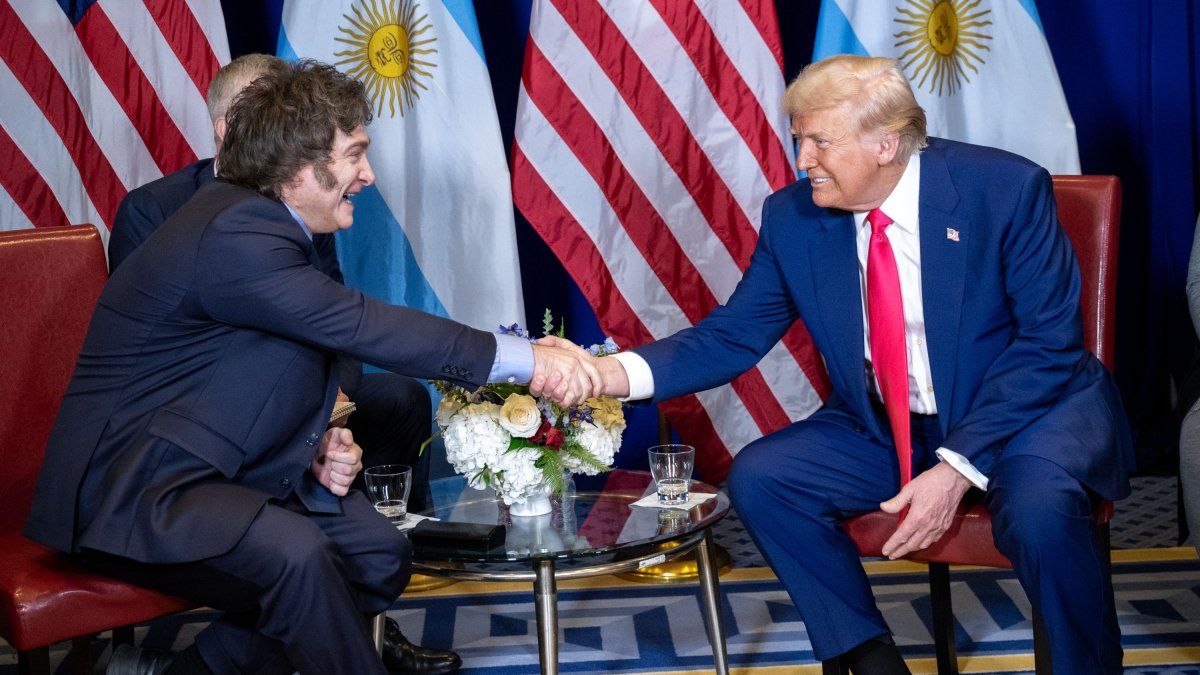One of the industrialists present told Tombolini that “September and October are pivotal months”, given that if there are no solutions, plant shutdowns will begin because “minimum stock levels” will be reached. In addition, there were complaints about “efficiency” in the trade administration. One of the businessmen said that imports of raw materials were limited in a key input for construction, but that finished products with that input increased by 100%. “We know that dollars are missing, but we see some elephants passing through,” the source added.
The current diagnosis is that there were few that had to stop, and that in most cases there was a reduction in production, work shifts were shortened or some lines where supplies were lacking were closed. There Tombolini answered what everyone inside the Government thinks: that for months the businessmen have been “alarming” with closures, which were not seen in practice. “Think of it as the story of the lying shepherd, but this time the wolf is showing up”said a source.
“Tombolini was clear, he said that difficult months are coming, that he was going to say no to almost everything,” said one of those present. The expectation among businessmen is that, as of September 30, when the Central Bank resolution that set quotas on access to imports expires, there will be occasional easing of supplies. On this point, they had no confirmation from the official. The eyes of the industrialists are on the one hand on the tour of the Minister of Economy, Sergio Massa, in the United States, and on the result of the settlements for the new “soybean dollar”. The gross reserves of the Central Bank, at less than US$37 billion, are at the lowest amount since the Frente de Todos government began, despite record exports.
Request for “collaboration”
Tombolini listened to the complaints, and responded with a request for “collaboration.” According to the industrialists, a “landing” is coming in the level of activity due to the lack of dollars. In fact, the manufacturing production index showed a seasonally adjusted drop of 1.2% in July and the UIA expects the slowdown to continue. In the Government, the most optimistic projection is to expect a “saw” activity of monthly ups and downs.
“Tombolini made a call to the conscience of the sector so that we accompany the landing that the economy is going to have, so that it has an equitable impact, and that there are no closures or stoppages, because that is going to bring union and social problems,” he said. a private sector source.
Another of the official’s requests was regarding prices. He told them that there are regulated prices that are far behind, especially in the food sector. He anticipated that they will be updated, but asked that those who are outside the regulated prices “collaborate”. In addition, he informed them that they will begin to quote companies “by value chains” to analyze what happens in specific cases. “The textile issue was discussed,” commented a source.
The response of the industrialists was that they need “certainty” for imports and thus prices will “normalize”. It is that since the restrictions were imposed, a large part of the industrialists began to adjust the merchandise to the financial exchange rate, which is double the official rate, which had an impact on the historical inflation figure for July (7.4%) . “Tombolini repeated that in the next three months he is going to provide certainty to deflate the economy. Likewise, we are already noticing a drop in consumption, that is also going to cool down inflation a bit,” one source anticipated. In fact, they agreed to start talking about the dollar requirements for production by 2023 and a working group will be created between the UIA, the Secretary of Commerce and the Central Bank.
Source: Ambito
David William is a talented author who has made a name for himself in the world of writing. He is a professional author who writes on a wide range of topics, from general interest to opinion news. David is currently working as a writer at 24 hours worlds where he brings his unique perspective and in-depth research to his articles, making them both informative and engaging.




